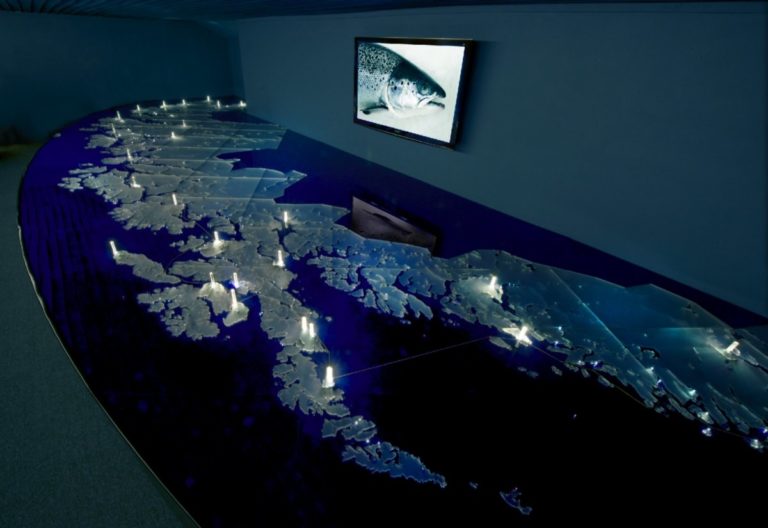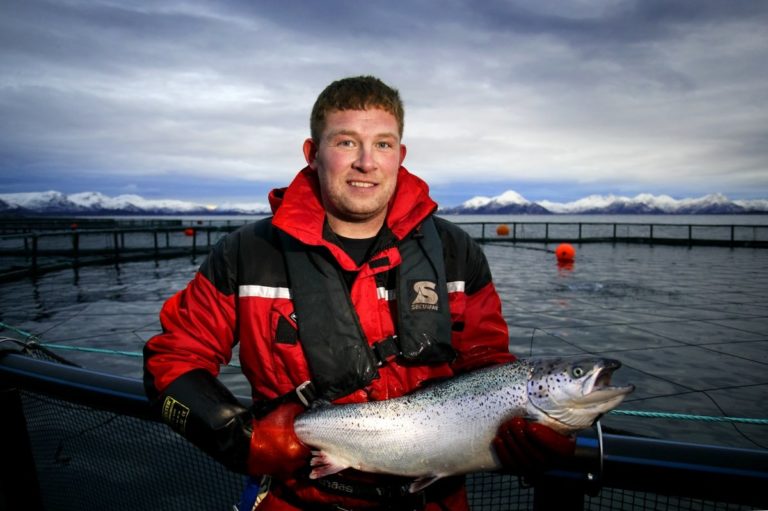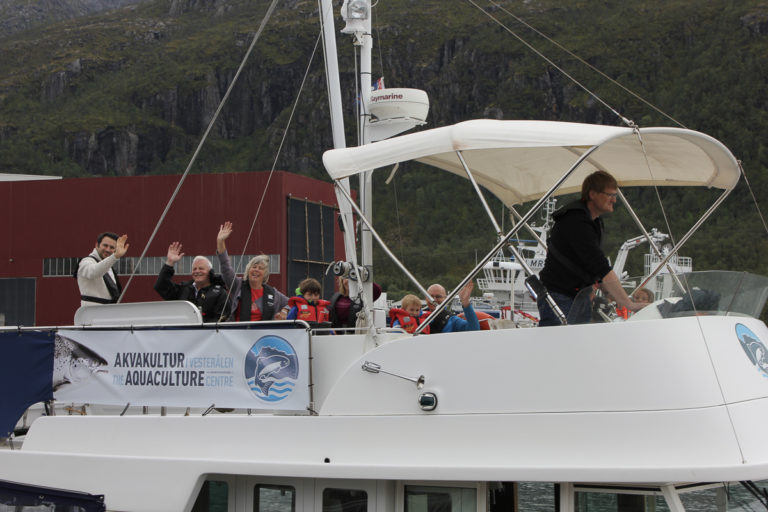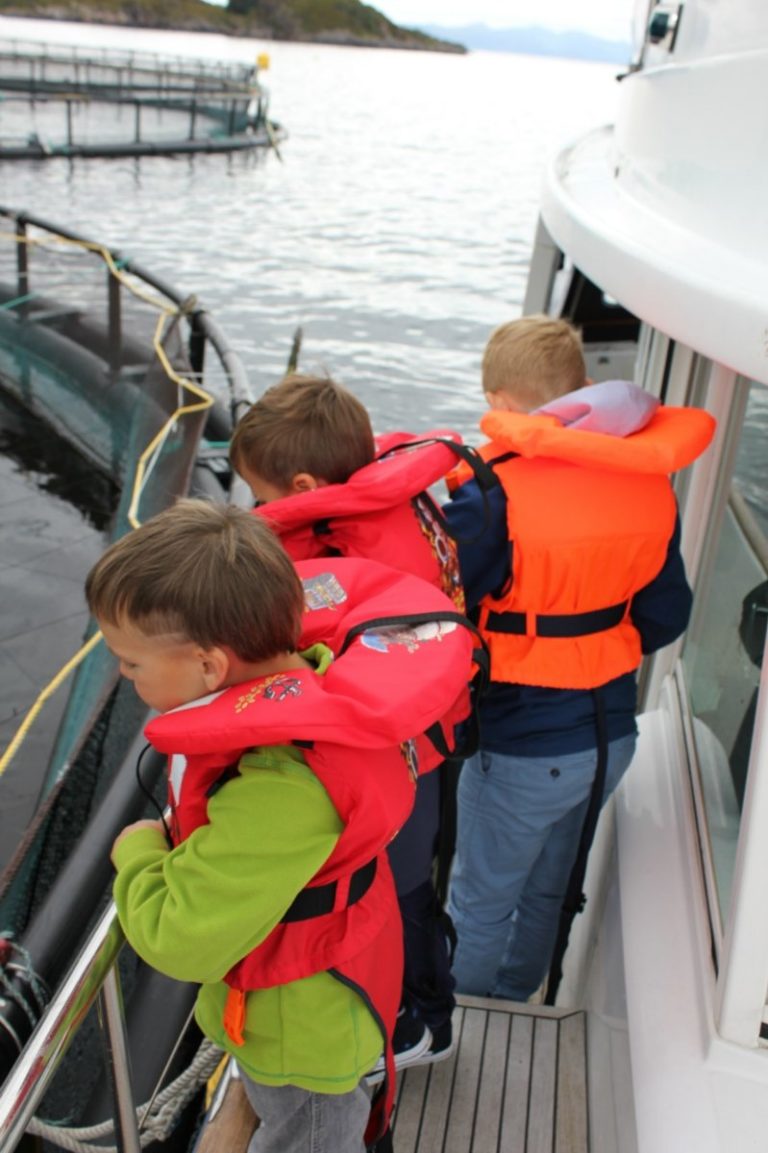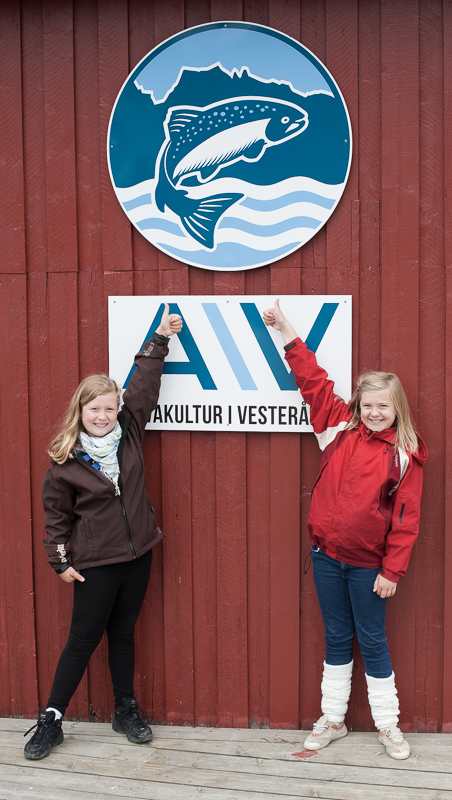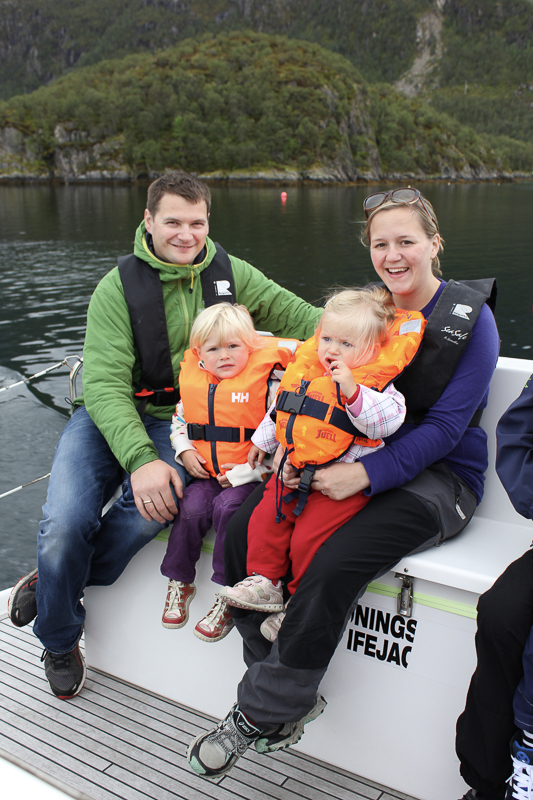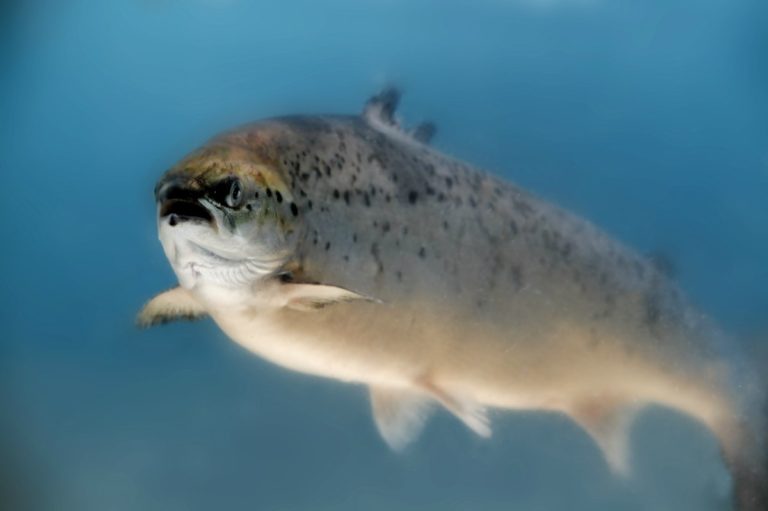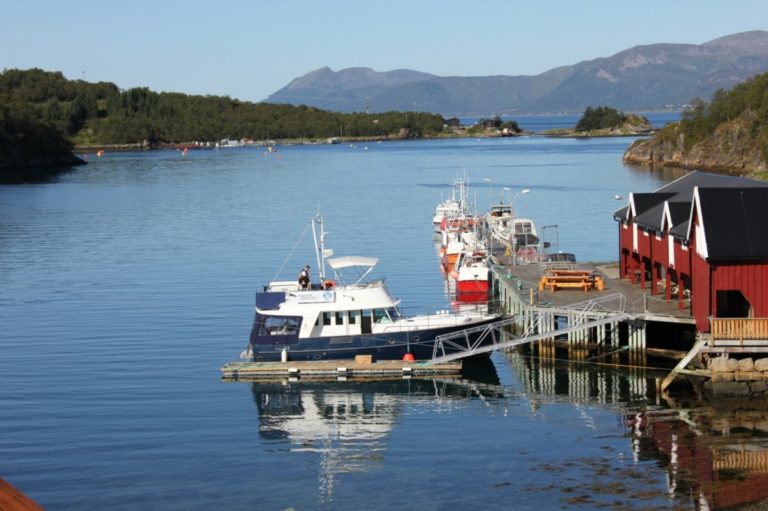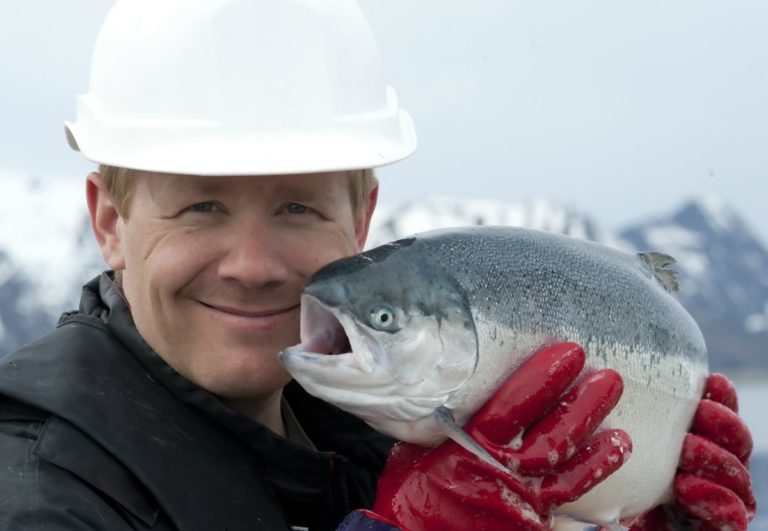Fish is Norway’s biggest export after oil and gas. Every day, Norway exports 36 million salmon dinner portions, 11–12 million of which are from farmed salmon. This makes Norway the world’s biggest exporter of Atlantic salmon, and it is an extremely important industry for the people living along the coast, the national economy and global food supplies.
Salmon is a seriously healthy meal
Salmon contains many different nutrients that are good for your health. The most important are the high concentrations of Omega 3 fatty acids. Strict calorie-counters doubtless know that salmon contains more calories than cod, but these are in the form of fats that are good for your eyes and brain, and counteract cardiovascular diseases.
Sheltered islets make fish farming simple
The Norwegian coast, with its hundreds of thousands of islets and islands, sheltered bays and calm waters could have been made especially for fish farming. The installations are in sheltered waters, but there is always a good flow of water through them. The Gulf Stream ensures that ice never forms. Few other landscapes in the world have conditions like these.
Workers left their fishing boats for the fish farms
When the salmon farming industry started growing in the 1970s, it was in areas along the coast that had well-established fishing communities. These were already used to fishing, traps and nets. The fishing villages were small and scattered, but had plenty of space for the new farms. At the same time, traditional fishing was becoming centralised and rationalised, and this released the manpower needed to work in the new industry.
Salmon are a calm species making farming easier
One of the secrets to the industry’s success is the temperament of the salmon itself, which makes it particularly suitable for fish farming. Salmon are calm fish, and don’t get stressed by being crowded together in pens with other salmon. Cod, on the other hand, are far more aggressive towards other fish, and have proved much more difficult to cultivate. Salmon has become our most efficient farmed species, and grows about a kilo for a kilo of feed, which is an excellent return for resources.
Norway has strict fish farming guidelines
Since the 1970s, the salmon industry has grown phenomenally, but like all industries it has also had its challenges. In the 1980s, the main problem was disease, but fortunately this was resolved through vaccination and strict hygiene requirements. Norwegian farmed fish are now healthy fish, and drugs are used only a fraction of what is used in other animal husbandry industries. Salmon lice are currently the industry’s biggest challenge. These are tiny copepods that occur naturally in Norwegian waters, but which can cause problems for salmon if there are too many of them. Numbers are strictly monitored, and if necessary they are controlled with drugs, or the introduction of wrasse, a fish that eats the lice. Norway now has the most stringent legislation in the world for fish farming, because this industry needs clean waters and a natural, balanced environment.
Boats take you into the salmons den
After a guided tour of the exhibitions, it’s time to see the salmon. The fish farm supplies thermal suits, boots and lifejackets. You are then taken the few hundred metres from the shore to the pens out in the Sortlandssundet strait by boat. From the boats, you can look down into the huge net bags that hang 40–50 metres down into the water. Feeding is automated; a machine sprays out salmon feed, and the pellets hit the surface of the water like heavy raindrops, while the salmon jump and leap. Beside the pens, the technician tells you about his job and about the life of the salmon.
Visiting Aquaculture in Vesterålen
Aquaculture in Vesterålen is a working fish farm and also a demonstration farm. The exhibitions take you through the Norwegian fish farming industry and show you modern Norwegian aquaculture. A 12-metre long glass map lights up to show the locations of fish farms all over Northern Norway. A visit includes a boat trip to the actual farm pens in order to get really close to the salmon. Visits end with a small taste of locally produced salmon, trout or char. There is also a small selection of fish for sale. Aquaculture in Vesterålen is open and offers guided tours throughout the summer season. In autumn, winter and spring, groups and individuals are still welcome to visit, but need to let us know beforehand.
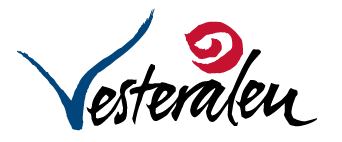
Visit Vesterålen
For all the information you need about visiting Vesterålen, including Aquaculture, simply check out the Visit Vesterålen webpage.

